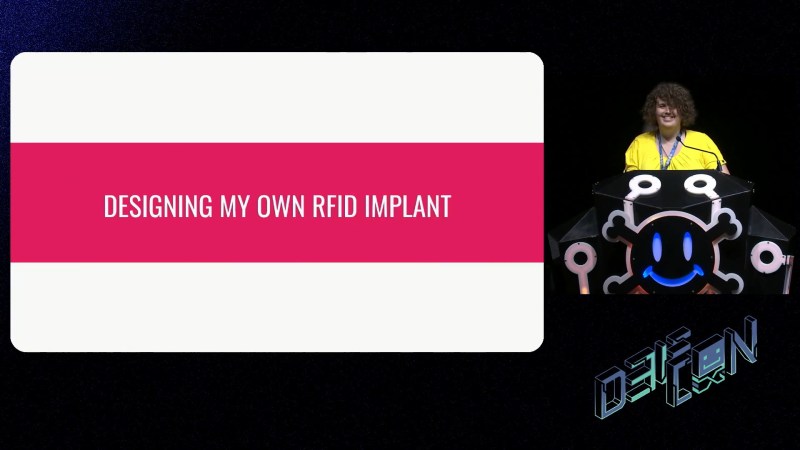With some 1,500 dead animals in its wake, Neuralink heads to humans
Following years of controversy, including whistleblowers reporting of rushed experimental “hack jobs” that resulted in as many as 1,500 animal fatalities, Elon Musk’s brain-chip implant company has begun recruiting for its landmark first human trial.Co… Continue reading With some 1,500 dead animals in its wake, Neuralink heads to humans

